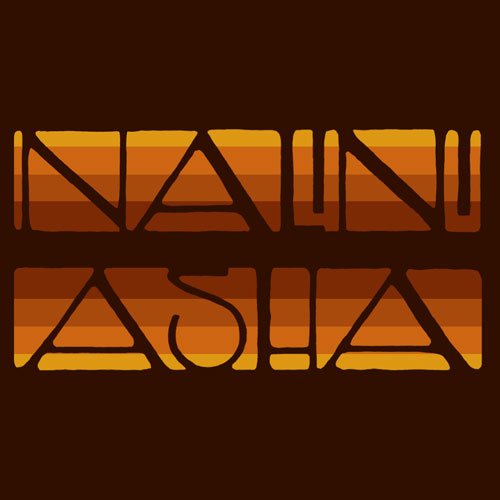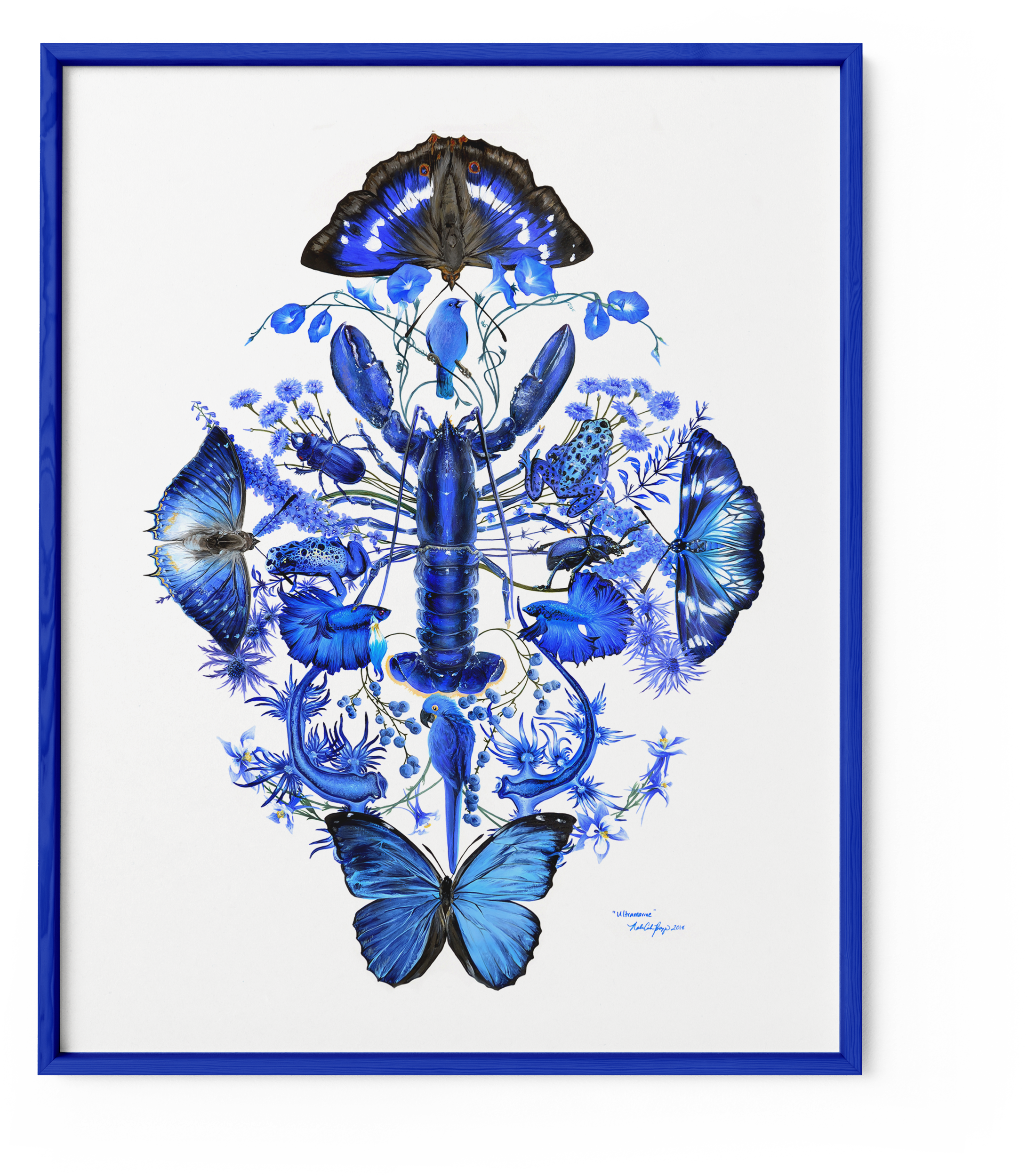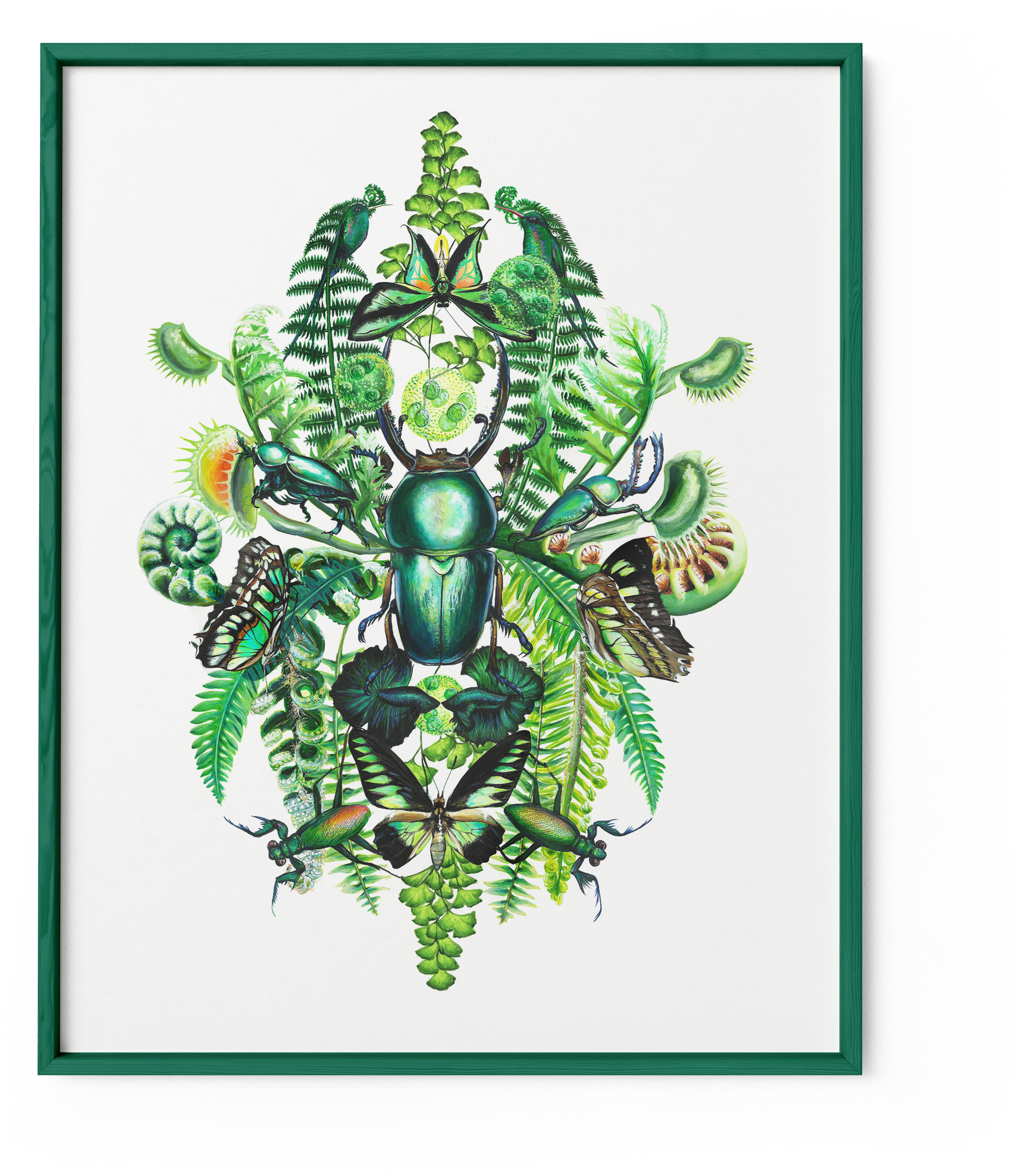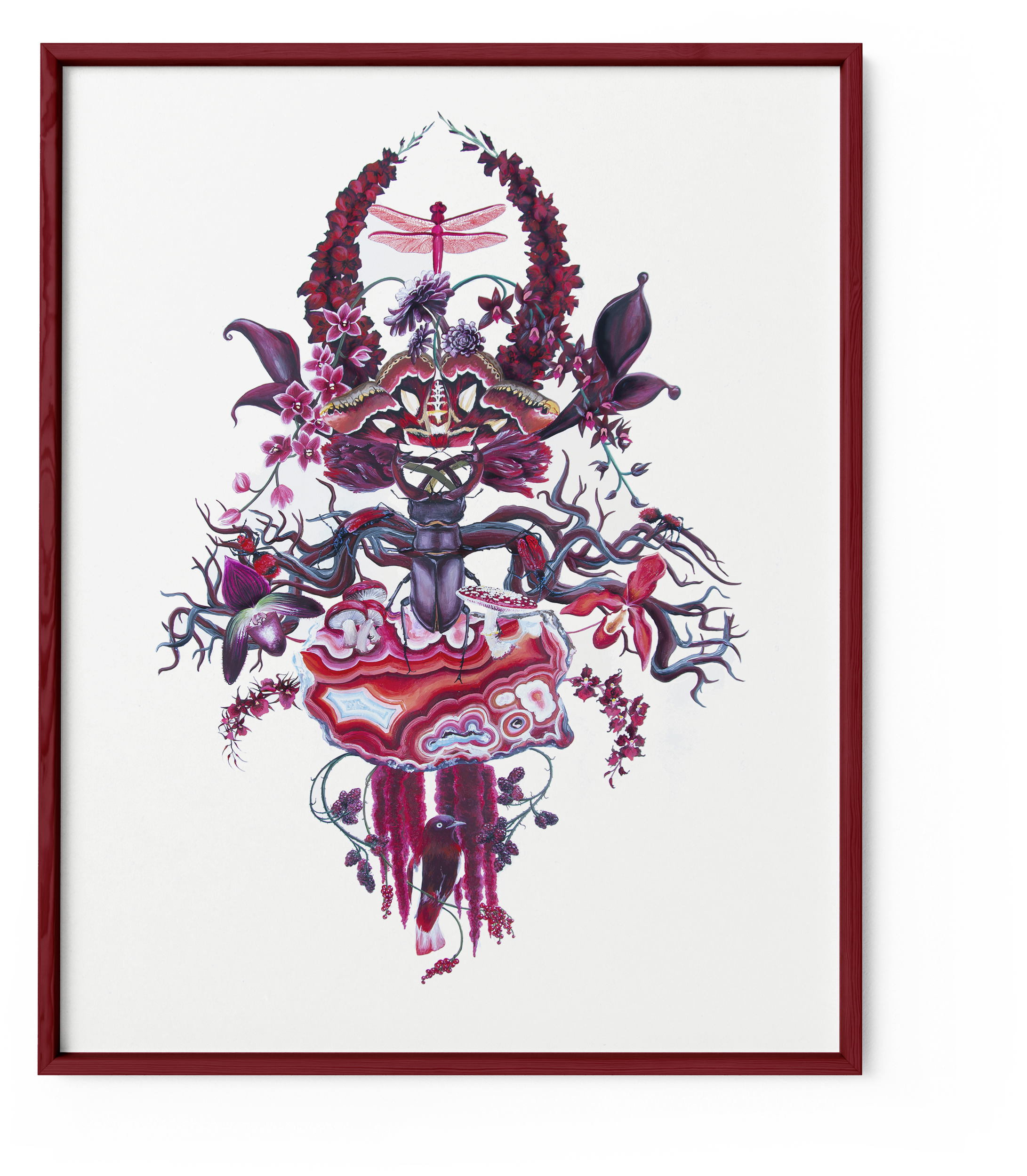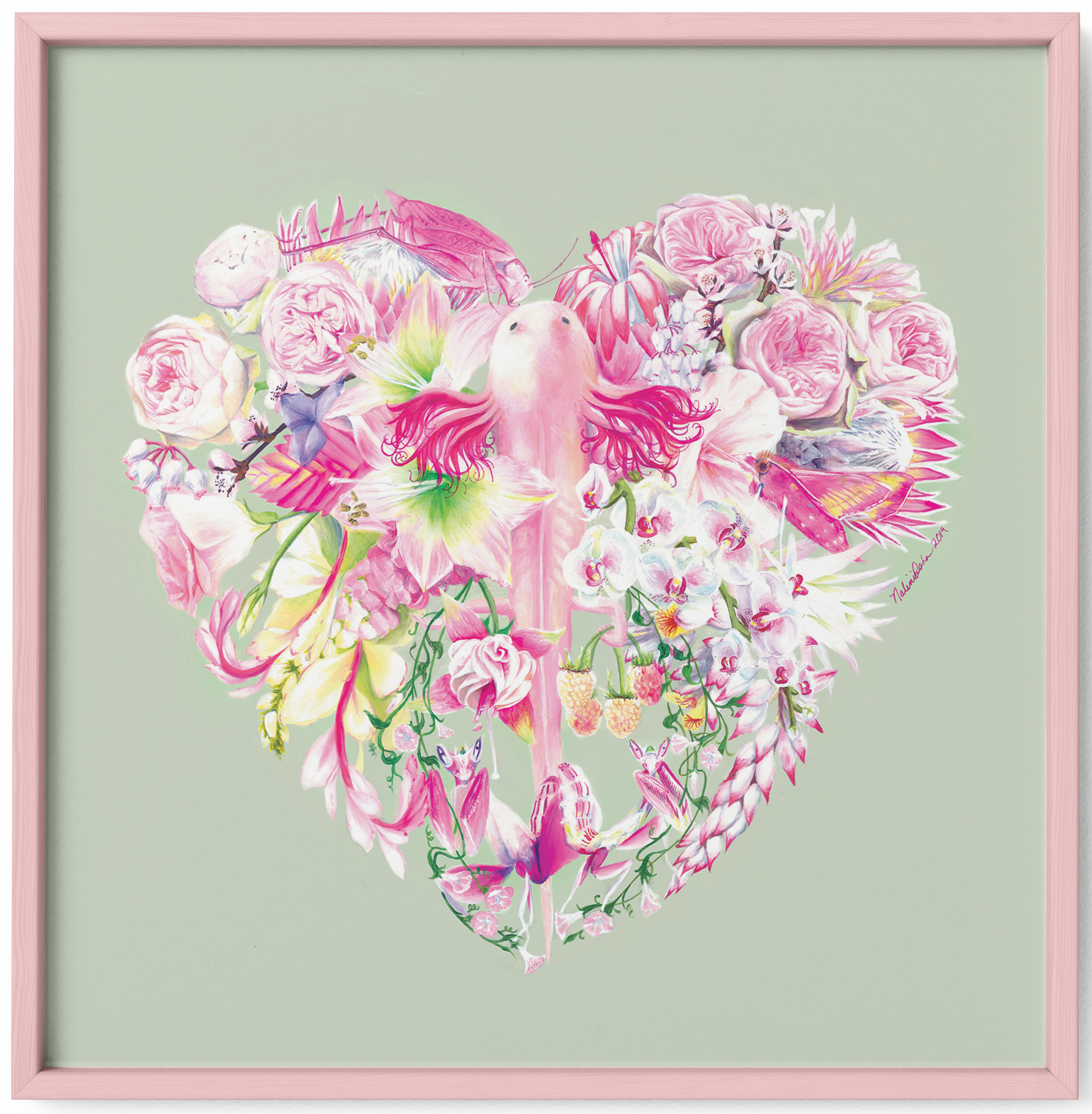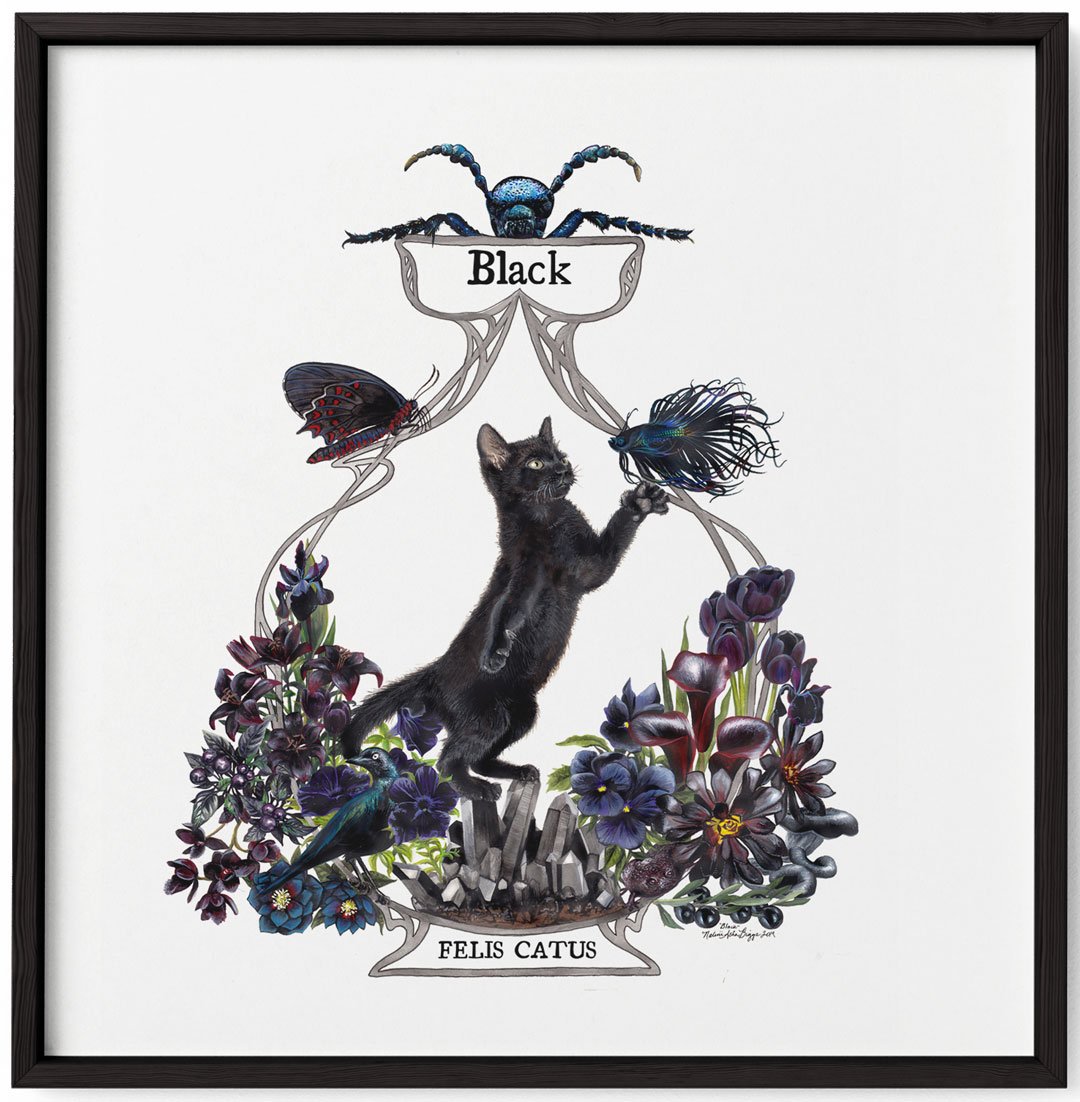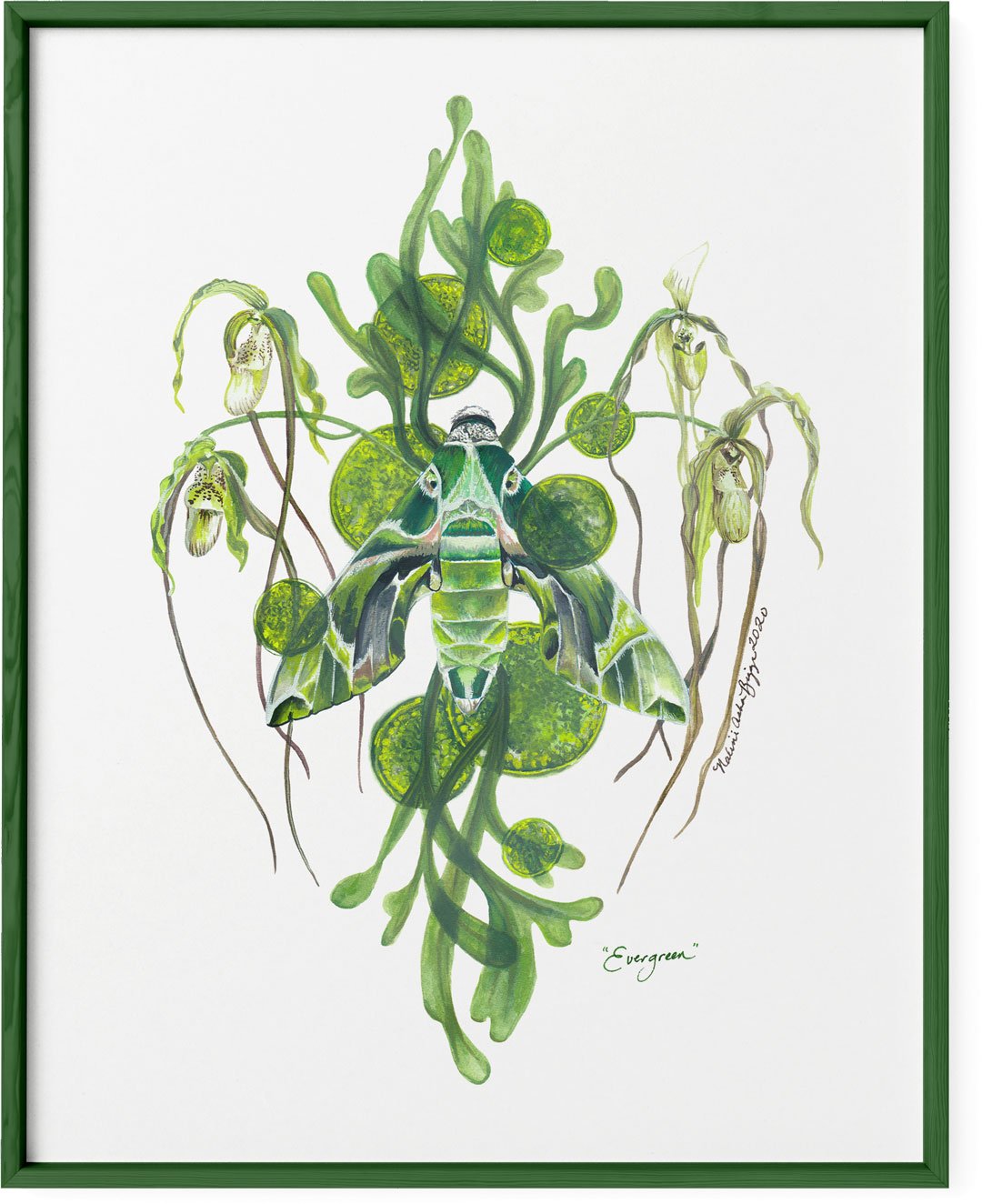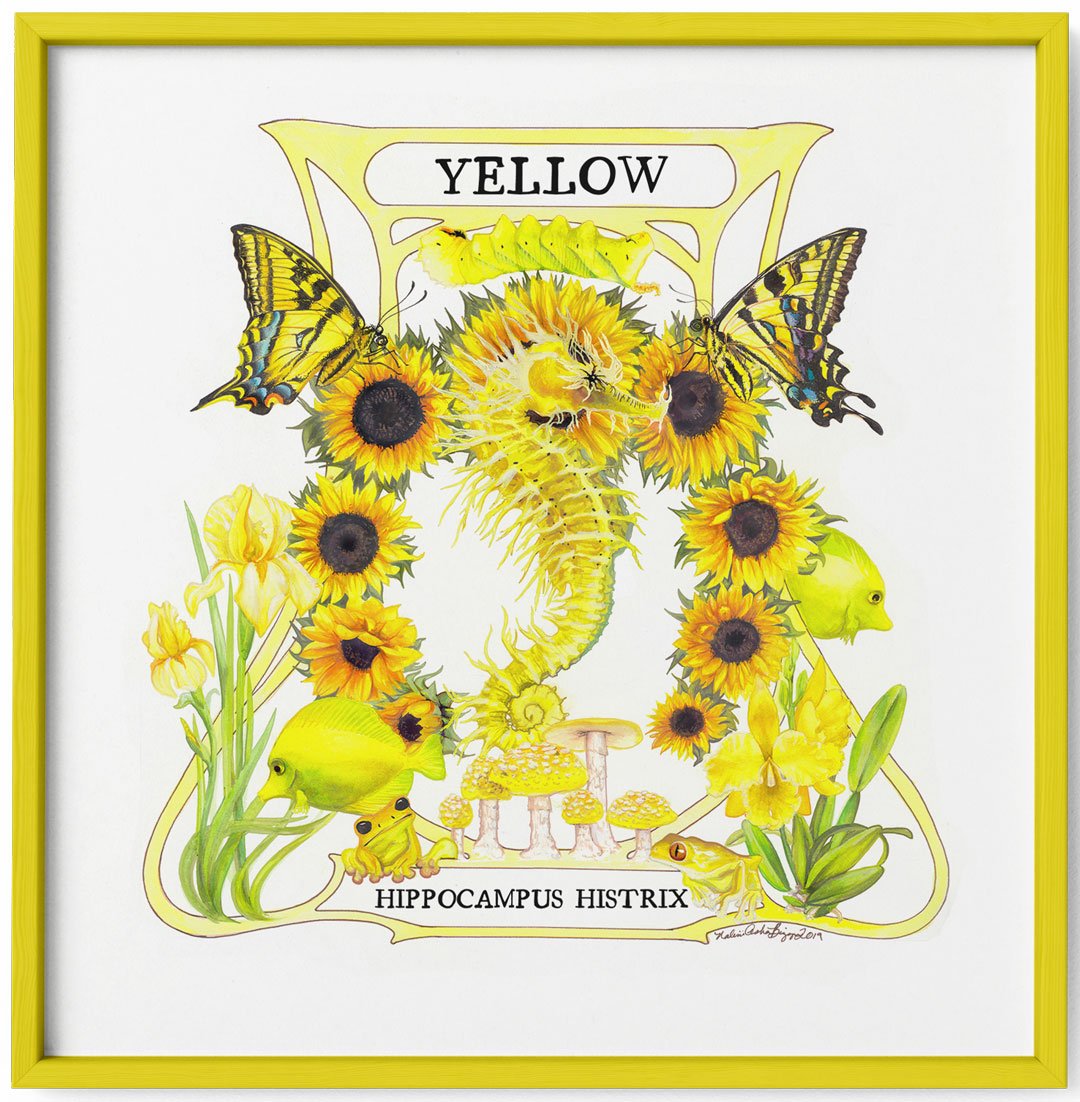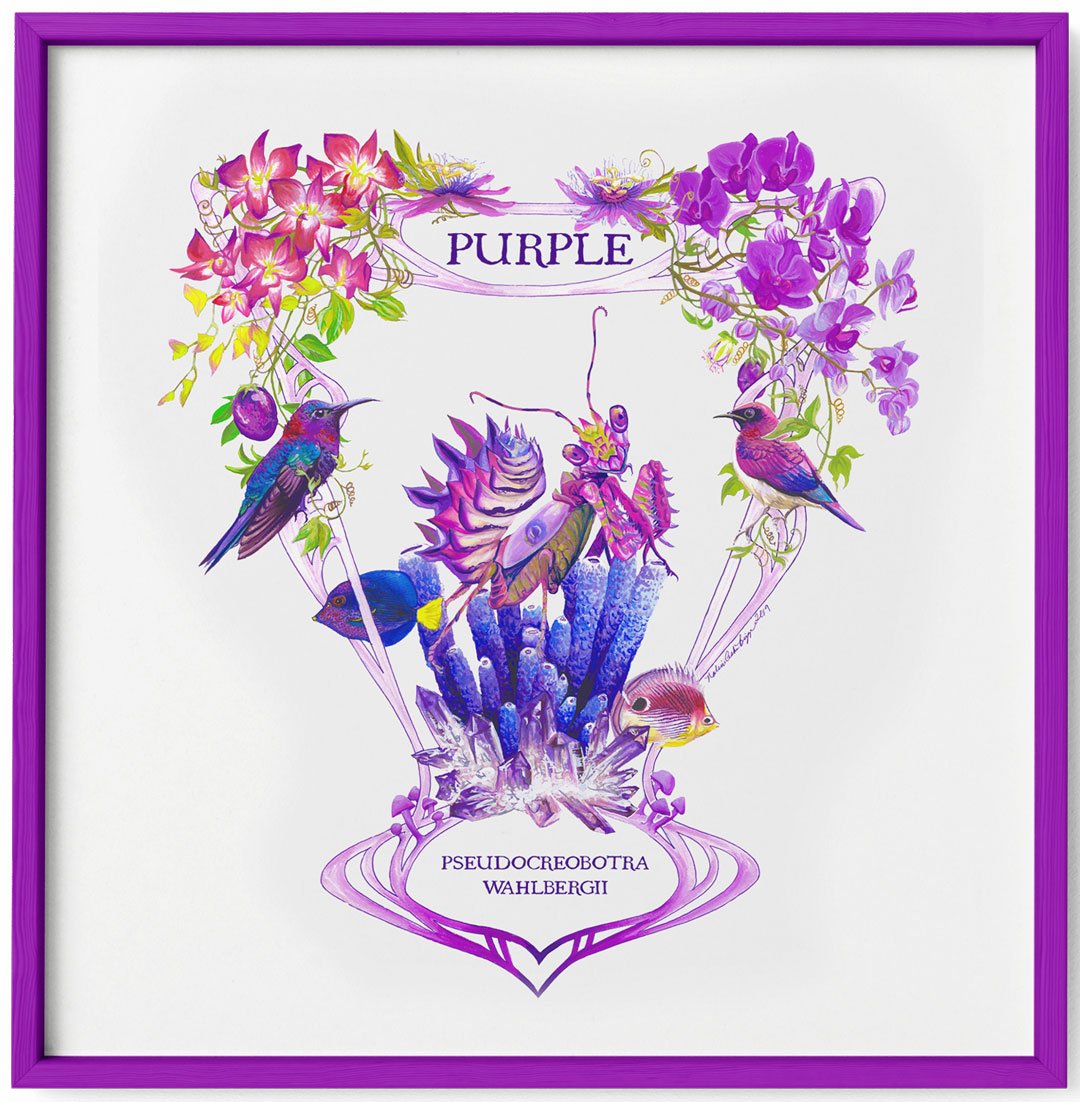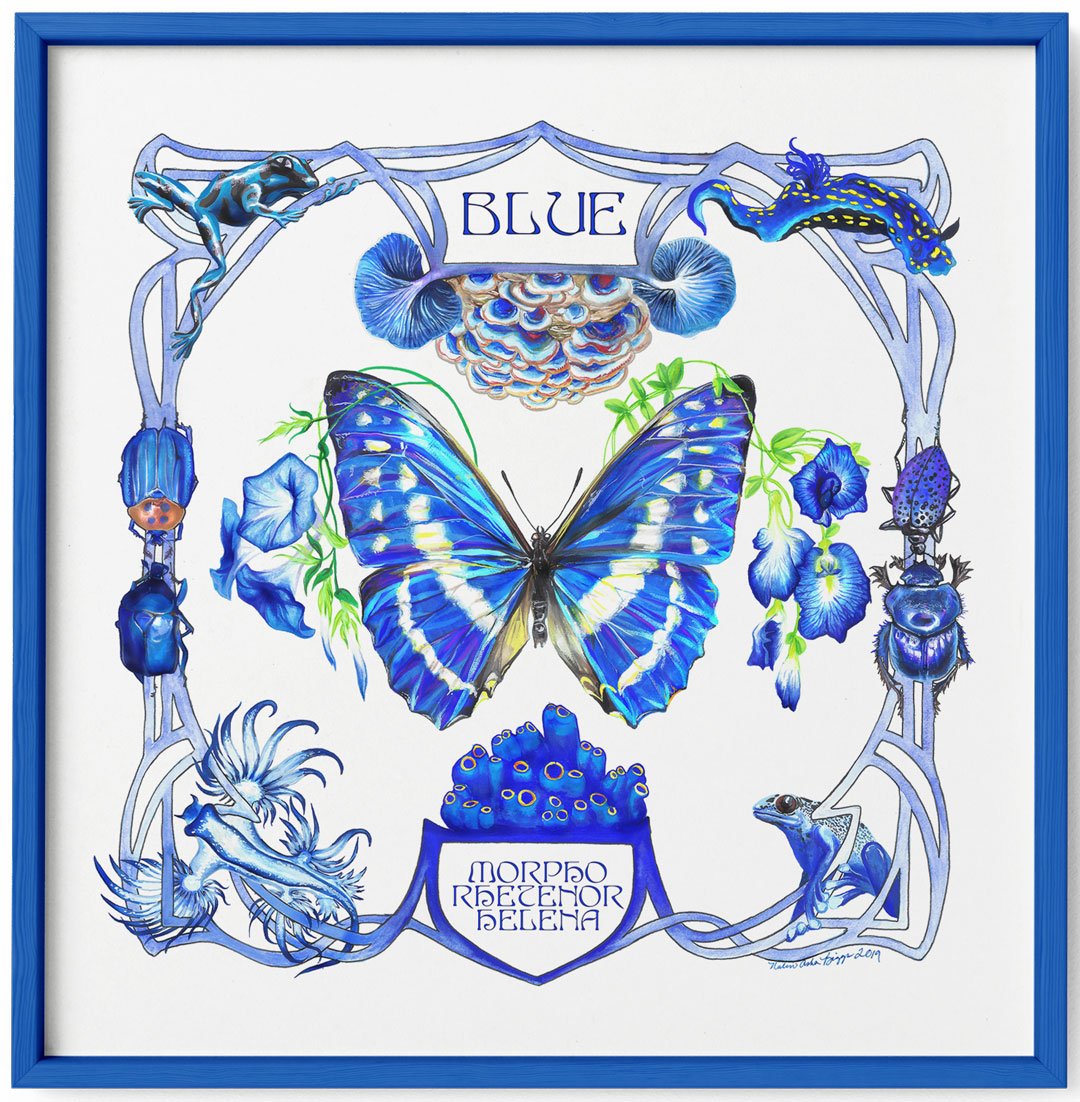Spectrum
A series of color portraits celebrating nature’s rainbows
"Spectrum" is a series of 13 paintings cataloging my social life with colors. This series also makes an activist claim about Autistic empathy and sociality, offering an alternative representation of the neurodivergent experience.
I invite non-Autistic viewers to participate in my experience of color through my art.
Each composition meditates on a specific tone as I have experienced it in "nature" (no artificial pigments). I paint plants, animals, insects, fungi, minerals, and other naturally occurring ephemera in a carefully composed arrangement that explores the way one specific tone emerges in the world around us. Eponymous colors such as "lilac" epitomize a tone within a specific cultural discourse while extraordinary creatures such as the rare blue lobster have the power to reframe color in entirely new ways. By positioning similar tones next to each other we are able to empathize with a color on its own terms, taking care to notice its idiosyncrasies, the ways that different textures and forms multiply its nature. A color is never absolute or theoretical; it is always a living, embodied experience between me, a human participant, and matter, light, and space that the color itself embodies in a specific moment in time. This is how I stim on color, an Autistic practice of self soothing, pleasure, and communication.
This project lies at the intersection between Rococo and Arts and Crafts surface patterns such as those designed by William Killburn and 19th century natural history illustrators Ernst Haeckel and James Audubon. My composition is heavily influenced by Rococo and Baroque floral patterns that center around densely arranged arrays of blooms and other ephemera as a sensual feast in an effort to relish sensory delight. Like natural historian illustrators before me, my project studies nature, but rather than choosing my subjects based on ecology or species I choose by color. Like Audubon's and Haekel's illustrations, these paintings are educational as well as recreational, with each piece being represented as "true to life" as possible with only minor artistic liberties taken for the sake of composition. In the following sections I explain the activist philosophy that underlies these two genres, bridging together science, beauty, and theory.
This series is part of a wider movement of Autistic artists/activists that celebrate Autistic stim culture. We have reclaimed stimming as an innate form of wellness, a natural and necessary facet of the neuroatypical experience rather than a symptom of disorder. Visual stims, such as gazing at a specific color as it is painted onto a surface, for example, are increasingly shared for their own merit as an emerging genre of video/photographic art on social media sites such as Tumblr and Instagram. My project reinterprets this genre as both a representation and residue of my own stimming with color.
This obsession with seemingly superficial art for the express purpose of sensory fulfillment mirrors a growing movement of "stim art," part of the wider neurodiversity movement. Stim art is produced as either the residue of stimming or as a representation of stimming. "Spectrum" is the residue of my visual stims on color in nature. Autistic people such as myself have come to understand our neurological differences as part of the natural diversity of humanity.
I see my project as a branch of my Autistic activism: I am representing our diverse community in one small way and vexing common misconceptions about Autistic people. Simultaneously I am making an argument about our cultural beliefs about empathy and sociality, something for which Autistic people are often marked as deficient. Rather than positioning us as outside the normal parameters of sociality and empathy, I argue that many of us are, in fact, simply less exclusionary in how we empathize and with whom we socialize. I engage with colors.
My project not only offers a different representation of what an Autistic artist can be but it also makes an argument about what constitutes empathy and sociality. One of the ways I found out I was Autistic was through my relationship with color. Being “on the spectrum” means that I quite literally socialize with color, and have what I can only describe as empathy with colors. It’s not that Autistic people are antisocial or lack empathy, but instead we often feel empathy for non-human actors, and we are able to experience them in different ways. My paintings interpret this relationship for the viewer to try and take part in this kind of sociality.
This project is based on my research and personal reflections on this practice as a kind empathizing-with-the-world where Autistic and other neurodivergent people have the capacity to socialize and empathize with a wider array of actors, not limited to closely-related humans. This reorienting of the neuro-self as not anti-social but rather super-social can be observed and even experienced through stim art. This collection aims to speak directly to this new genre and to celebrate stimming as a valid, beautiful, and necessary practice.
“Rainbow,” (2019) Acrylic and gouache on paper. 30” x 25”.
“Tangerine", (2019), Acrylic, gouache, and alcohol markers on paper. 22” x 30”
“Ultramarine” (2018), Acrylic and alcohol marker on paper, 22” x 30”
“Malachite,” (2018), Acrylic and alcohol markers on paper, 22” x 30”
“Merlot” (2018), Acrylic and alcohol marker on paper, 22” x 30”
“Aqua Chalcedony,” (2019), Acrylic on polar board, 30” x 20”
“Blushing Axolotl,” (2019) Acrylic on paper, 18” x 18”
“Evergreen,” (2019) Gouache on paper, 12” x 18”
“Yellow,” (2019), Gouache and acrylic on paper, 12” x 15”
“Purple,” (2019) Gouache on paper, 12” x 15”
